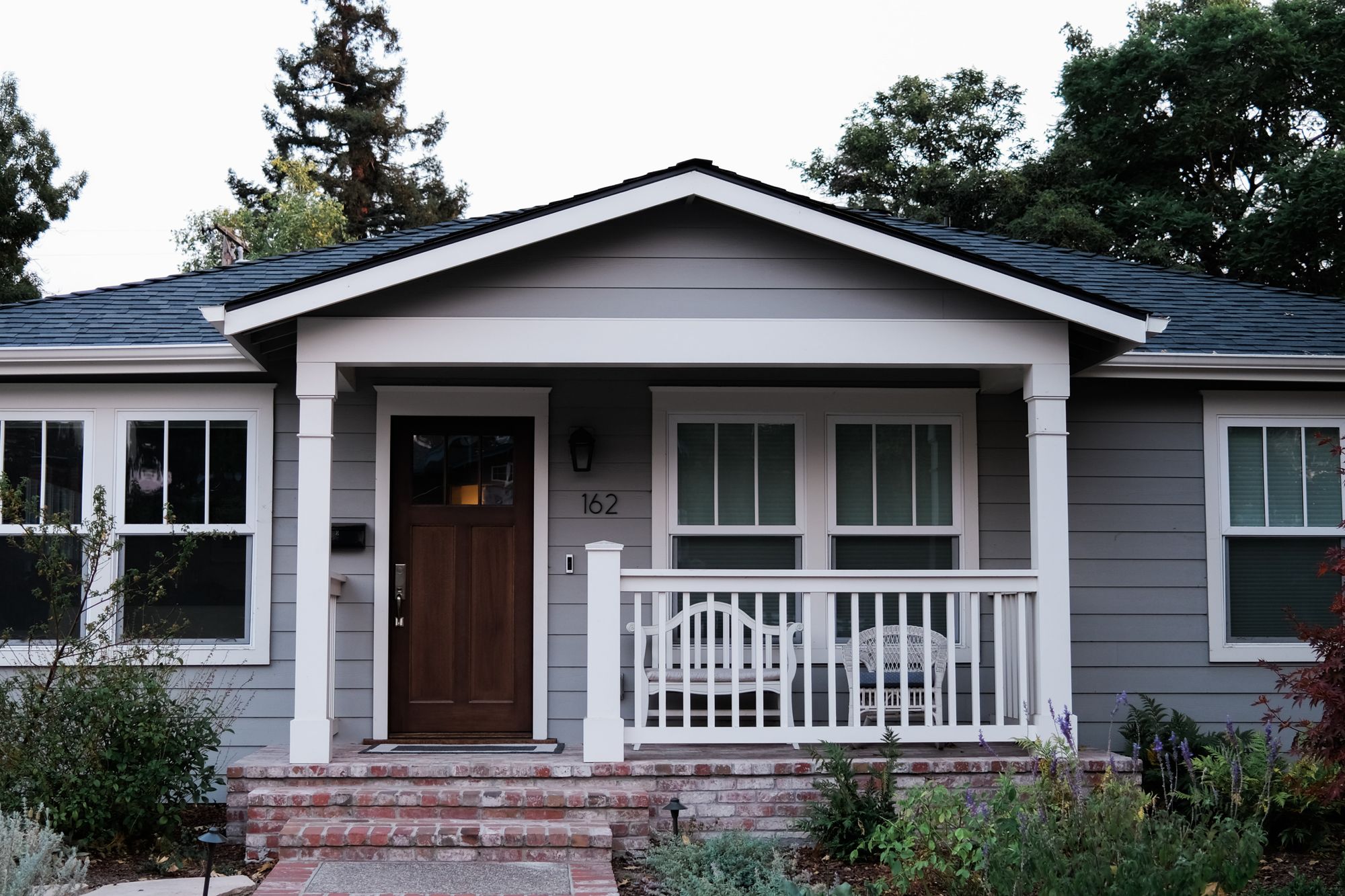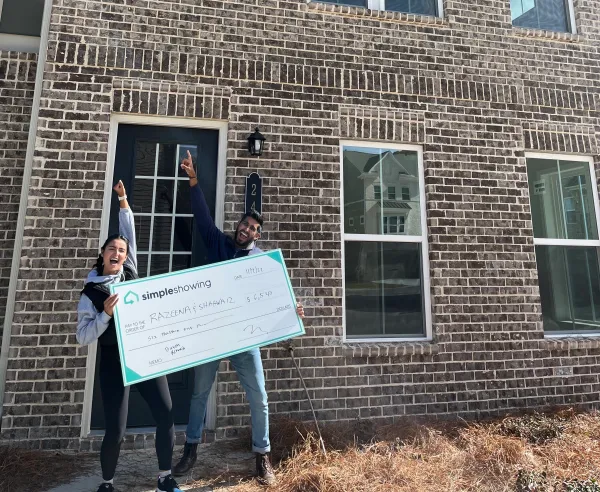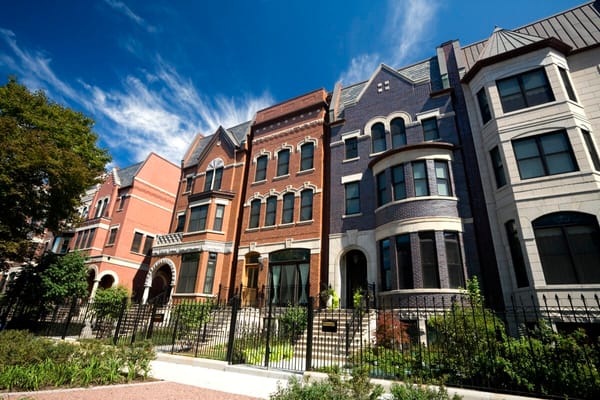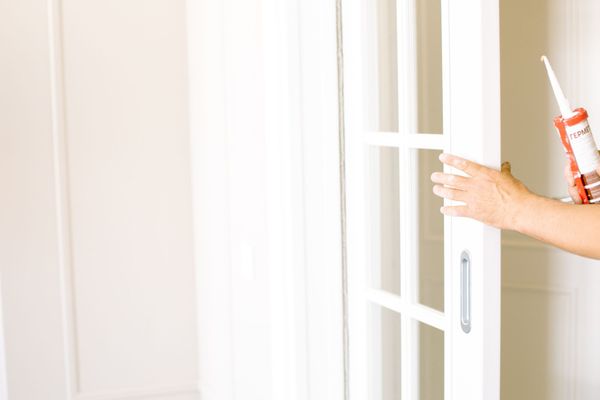When you put an offer in on a home, that's not the amount you pay. If you've purchased a home before, you already know about closing costs and how much they can be. However, these added fees are often quite surprising for first-time homebuyers, considering they can run anywhere between 2-5% of the home's value. That might not sound like a lot initially, but if you're buying a home worth $400,000, that's between $8,000 and $20,000 in fees. That's a lot of money! Knowing this, you may be wondering if there are ways to lower closing costs?
Fortunately, there are. If you're looking to minimize your closing costs and leave more of your hard-earned money in your wallet, here are five top ways to keep your costs low.
1. The Best Way To Lower Closing Costs: Start with Your Lender
Within three business days of applying for a mortgage, your lender will provide you with a "Loan Estimate." This form will have a breakdown of all the estimated costs associated with your mortgage.
On the first page, you'll typically see "estimated closing costs." This amount represents the bank's best guess as to how much above and beyond your down payment you'll need to close. If you get quotes from multiple lenders, look at this field to see which ones are the lowest. You'll often find that you can find lower costs by selecting one lender over the other.
You might also be able to negotiate. The second page will have details on what those costs are. They'll be under two sections - services you can shop for and services for which you cannot shop.
Under the services you cannot shop for section, look at the itemized breakdown. You'll have to pay some standard fees like an appraisal fee and a credit report fee. But some lenders will try and "nickel-and-dime" you by adding things like "funding fee" or "delivery fee." If you see these, you might be able to get your lender to waive them to close the transaction with you. These are often unnecessary fluff that you can eliminate with some ease.
2. Shop for Services
The other section on your Loan Estimate will tell you services for which you can shop. One way to lower closing costs is to shop around for those services!
You'll often find that you can save a few hundred by shopping around for your home inspection, title search, lender's title policy, title insurance, and settlement agent.
Of these, title insurance and settlement services tend to be the most significant bang for the buck in terms of shopping around. Home inspections are usually somewhere between $200-$400. So you may be able to save a hundred or two there, but it won't be life-changing.
If you're looking to save on these costs, though, any service you can shop for, do so! You might find that you can save a few hundred or even a few thousand by finding cheaper alternatives than what the bank suggests.
3. Ask the Seller To Contribute Something
This point is market-specific, but it's usually a worthwhile enough tactic that you should ask your real estate agent about it. Sometimes you can get the seller to contribute something to your closing costs. Or, they can reduce the sales price of your home to offset them.
If you live in an area with fierce housing competition, this point won't work particularly well. However, if you live in a place where the market is a little slower, the seller might be motivated to get you to buy. You can always ask for a credit. The worst case is that the seller will say no, and you'll proceed with the purchase as initially defined in your offer. However, in the best case, you might get a few thousand to help with your costs!
4. Lower Closing Costs By Choosing a "No Closing Costs" Mortgage
If you want your closing costs to be zero, you can always choose a mortgage without them. However, be forewarned that this is technically a misnomer. There are costs. You don't pay for them at closing time, however. Instead, the bank appends them to the loan value.
As a quick example, suppose you're looking at buying a $250,000 home. You have 20% down, so your loan is $200,000. Let's say your closing costs are $10,000. With a traditional loan, you'd need $60,000 to close ($50,000 down and $10,000 costs). With a "no closing costs" mortgage, you'd need $50,000 to close, and you'd have a $210,000 mortgage ($200,000 for the home and $10,000 costs).
It's worth noting that you'll pay interest on the closing costs since they are part of the mortgage balance. However, if you don't quite have the down payment amount plus the closing costs, you can sometimes find a loan that works like this to help you out.
5. Look for State Assistance Grants and Programs
Depending on your income level, there are plenty of state assistance programs and grants to help homebuyers. For example, Florida has a program called "Florida Assist Second Mortgage," which lets some families take a 0% deferred second mortgage up to $7,500. You can use that $7,500 to pay for some or all of your closing costs. Most states have similar programs. Some even have grants that will give you some of the down payment money!
If you're having issues coming up with the money for the closing costs, check to see what your state offers. Even if it is a deferred loan, that will at least get you into your home, let you pay off your first mortgage, and then worry about the government loan for closing costs.
You Can Lower Closing Costs!
The bottom line is that you can lower closing costs when it comes to mortgages. People will often apply for a mortgage and assume that the closing costs are the same everywhere. That's not true at all. Different lenders can vary wildly on the amount of money it will take to close the loan and take possession of the home.
If you're looking to lower your closing costs, use the tips above, and you'll almost certainly save some money!
Conclusion
Leveraging these strategies can significantly lower the multitude of expenses involved in buying a home, particularly the lender fees, loan origination fees, and appraisal fees. By thoughtfully selecting a mortgage lender who offers a no closing cost mortgage, you stand a good chance to save money on your home's purchase price. Furthermore, considering a closing cost allowance or negotiating closing costs can provide substantial relief from these expenses. Remember, the art of negotiation can also extend to your closing date, which, if timed appropriately, can reduce your prorated charges and help manage your mortgage payment better.
It's important to understand that you have the power to influence how much you pay in closing costs. This includes an underwriting fee, which might be negotiable with your lender, or homeowners' insurance, where shopping around can often result in a more affordable policy. While the interest rate on a no closing cost mortgage might be slightly higher, the initial savings might justify this option for many homebuyers.
The home buying process is filled with potential stumbling blocks, but understanding how to navigate these obstacles can lead to significant financial savings. From lender fees to closing fees, every aspect of your mortgage loan can be an opportunity to save. So, consider these five ways to lower your closing costs and make your dream of homeownership a more affordable reality.






